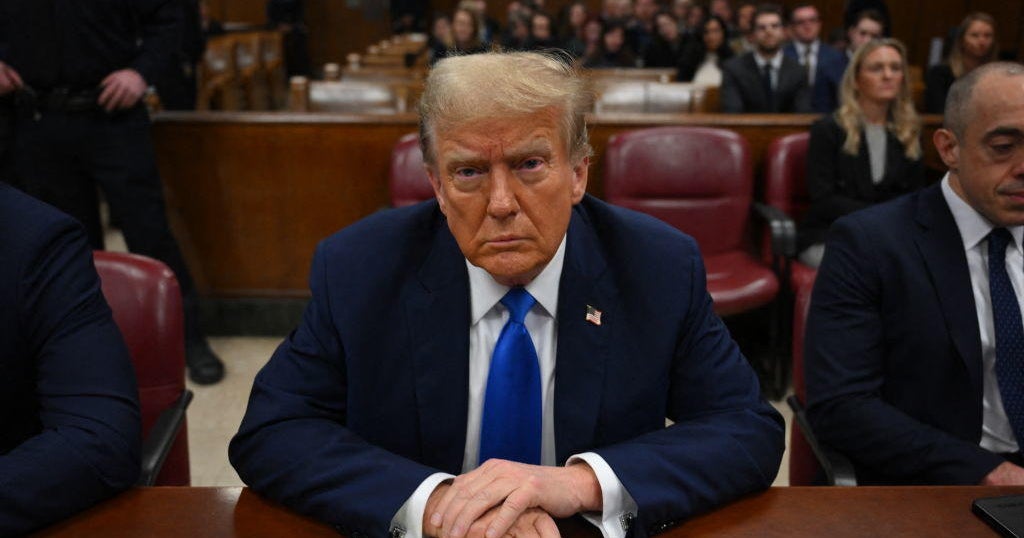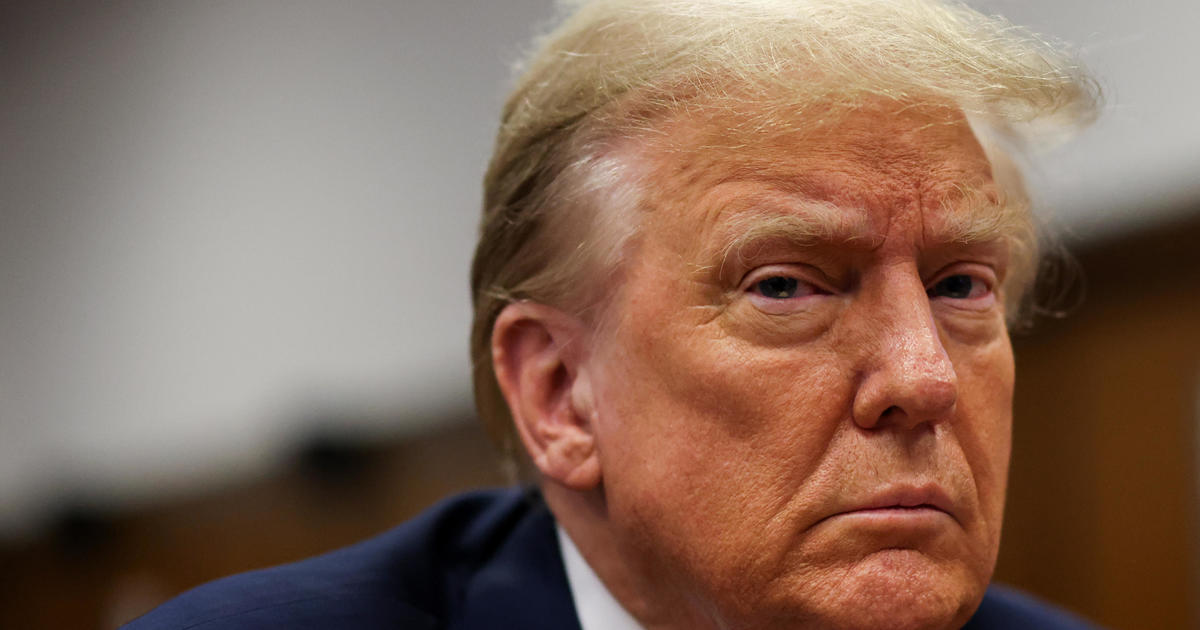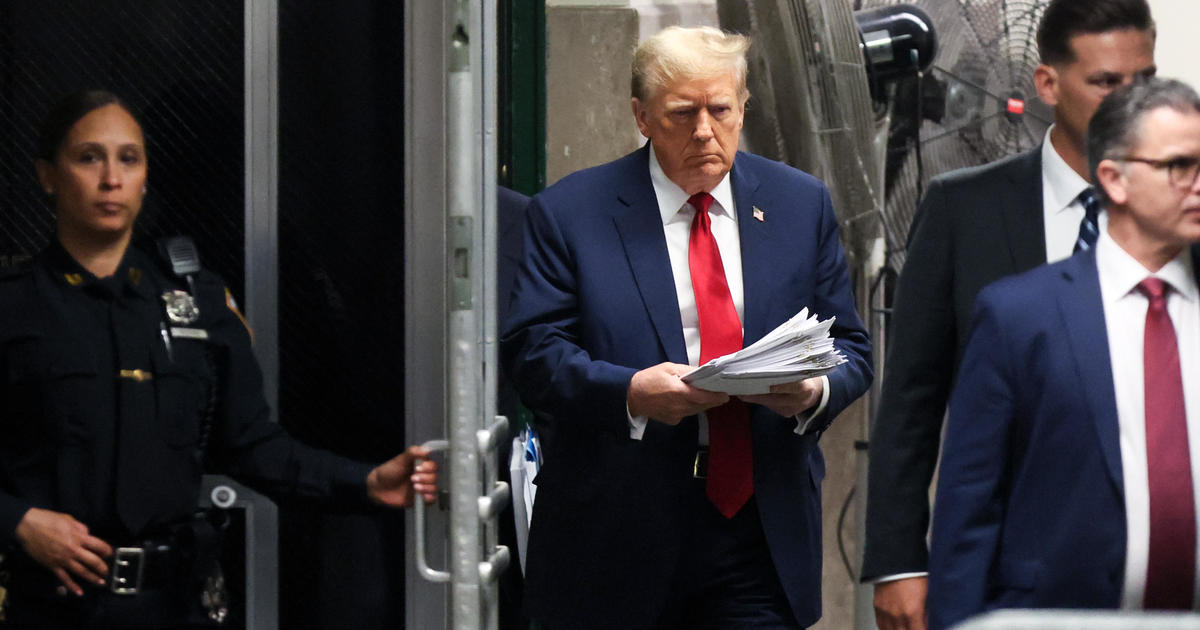The Wall - A Nation Divided
The area known as the Mariposa Wash is a hilly region in Arizona straddling the U.S.-Mexico border. It's cut in two, in some areas, by a sturdy, rusted metal fence with heavy gates. When the area floods during monsoon season, debris left behind by would-be border crossers is washed up against the fence in drifts of refuse. Water bottles, clothing, all the detritus of desperation is left clinging to the barrier.
Law enforcement officers patrol the area as far as the road allows. But where the road runs out, so too does the metal fence. Stretching off into the distance goes a ramshackle, stick-and-wire barrier of sorts, easily breached with a wire cutters or a simple leap. Beyond the road, it's this flimsy frontier, backed up by a sprinkling of technology, that maintains border security. It's areas like this that President Trump would like to see walled up.
Border and customs agents play cat-and-mouse with people trying to cross into America. They watch each other's movements, each trying to gain an advantage.
Border Patrol Agent Daniel Hernandez is part of a team that patrols a line in the sand from the Yuma county line all the way to the New Mexico state line, close to 400 miles of frontier. He points out a swath of land in the middle the size of Connecticut. It's the Tohon O'odham Nation reservation, through which a large portion of Arizona's smuggling traffic passes.
"It's very sparsely populated. There are 11 or 12 villages and they're very small and spread apart, so the criminal element always tries to exploit the people here," he says.
President Trump's proposed border wall would run right through it. But this 30,000-strong nation, recognized as sovereign by the federal government, has other ideas. Their identities are tightly bound to the land. "Tohono O'odham" means desert people, and they see themselves as custodians of the land they inhabit. "Every stick and stone is sacred," says Verlon Jose, the vice chairman of the Tohon O'odham tribal council.
He's firmly opposed to the wall.
"If I were to go into your home and say, 'You know what? Today I think I'm gonna build a wall right smack in the middle of your apartment or your home. And if you wanna get to the kitchen or to your restroom, you gotta ask me. And I have to give you permission to cross' -- how would you like that? That's what it means to our people."
Their nation is effectively split in two by the international boundary but its people go back and forth across it regularly to visit family and conduct tribal affairs, showing a tribal ID card at any official crossings they use. Large stretches of border, however, remain unfenced, meaning they can come and go as they please. A solid border wall would certainly curtail the abuse of their sacred lands by smugglers and illegal immigrants, but it would also threaten a way of life that is older than the United States.
This sets up an uneasy tension between federal law enforcement officials trying to enforce the law of the land, and the Tohono O'odham people, who believe they have ancestral rights to move freely across the modern border. Although there are plenty of places where illicit crossings can be made, official border crossings require all the trappings of officialdom every time: records, stamps, presentation of ID.
Ofela, a Tohono O'odham woman caught up at a border crossing, told us, "Where I live I drive 136 miles on the U.S. side to go get groceries. My father's community is only 15 miles on the south side of the border, and my mother's community is just a quarter of a mile and we have to go through this process every time. We want to be able to go visit our families on both sides of this border. What is the difficulty in that?"
What makes the tension trickier is that for the Tohono O'odham, it's not simply a matter of innocent grassroots culture. Some tribespeople are often found to be in cahoots with drug smugglers and cartels to stash or traffic drugs. The trade is simply too lucrative for some to ignore, which complicates matters.
For federal officials, the struggle is to balance respect for the nation's traditions with the need to secure a border against illegal activity.
"They want security and safety and we want the same thing. We have to tailor make our infrastructure and our technology to meet those demands, that is security and safety, while at the same time respecting their privacy, their sovereign land that is the reservation," Hernandez said.
In some areas, a wall is not necessarily the best solution. In a remote area, a technology tower may serve as well as a wall or a fence. In areas that are more heavily populated, a physical barrier becomes important. What actually gets built, and torn down at the same time, remains to be seen.




